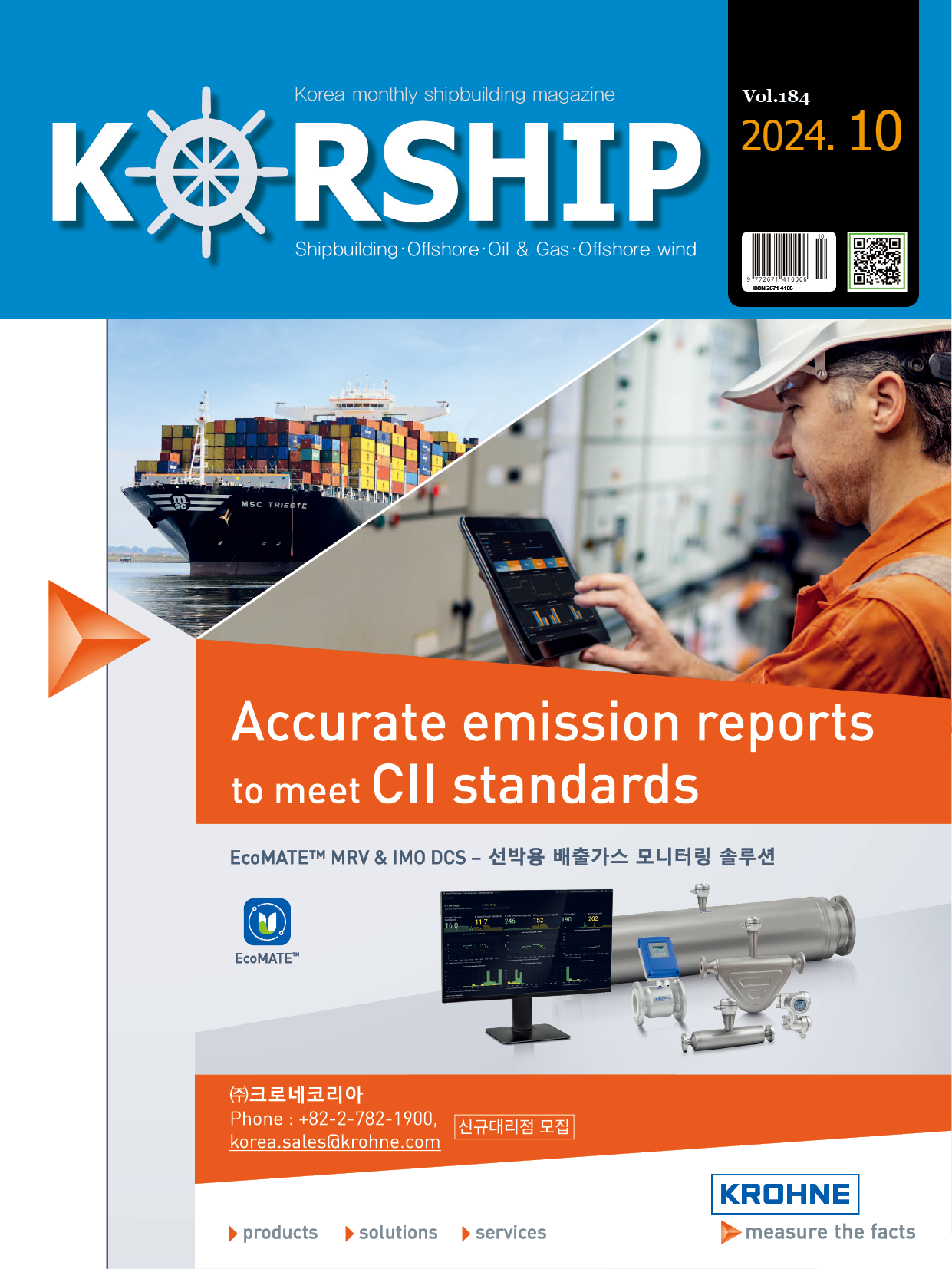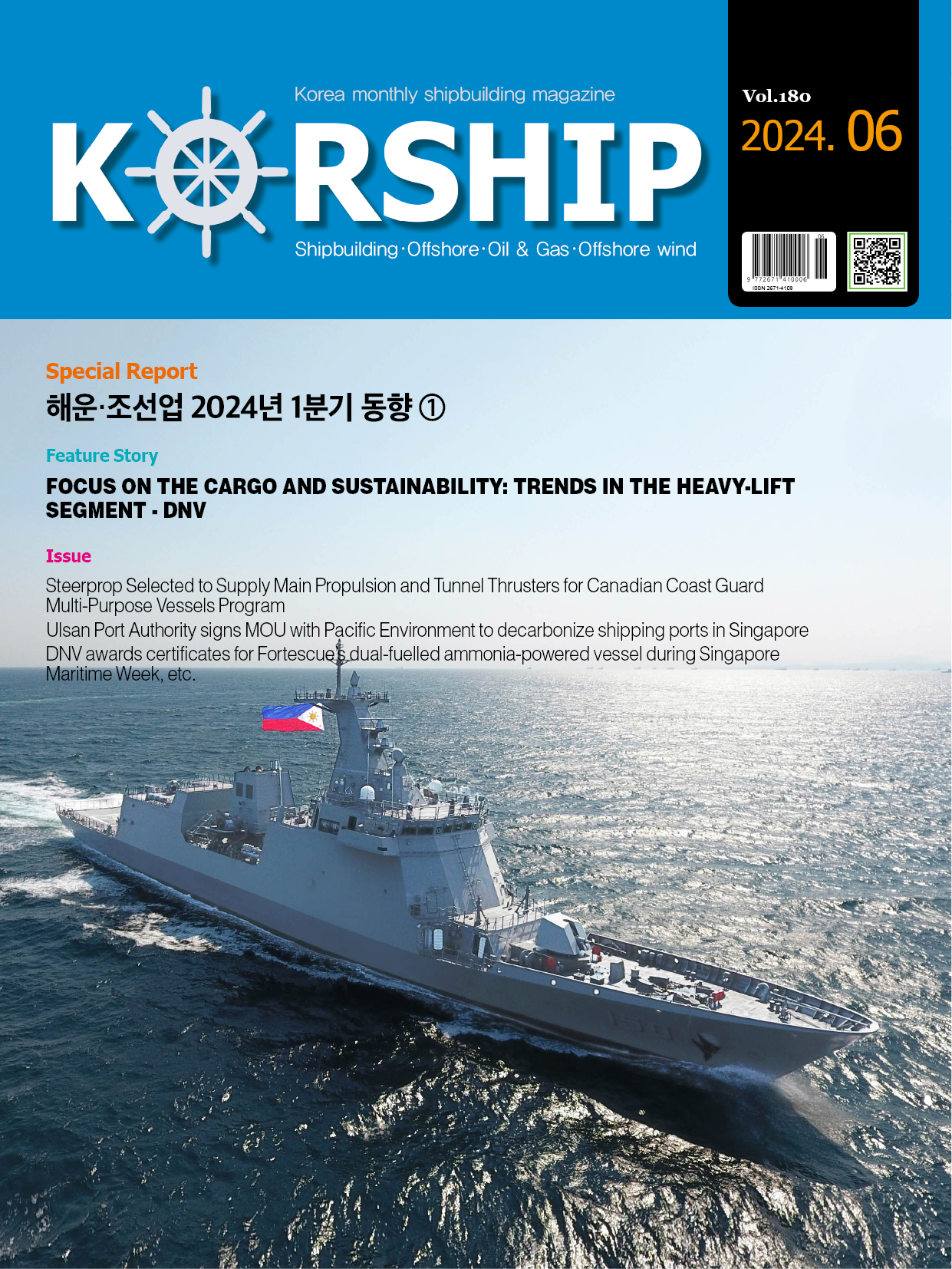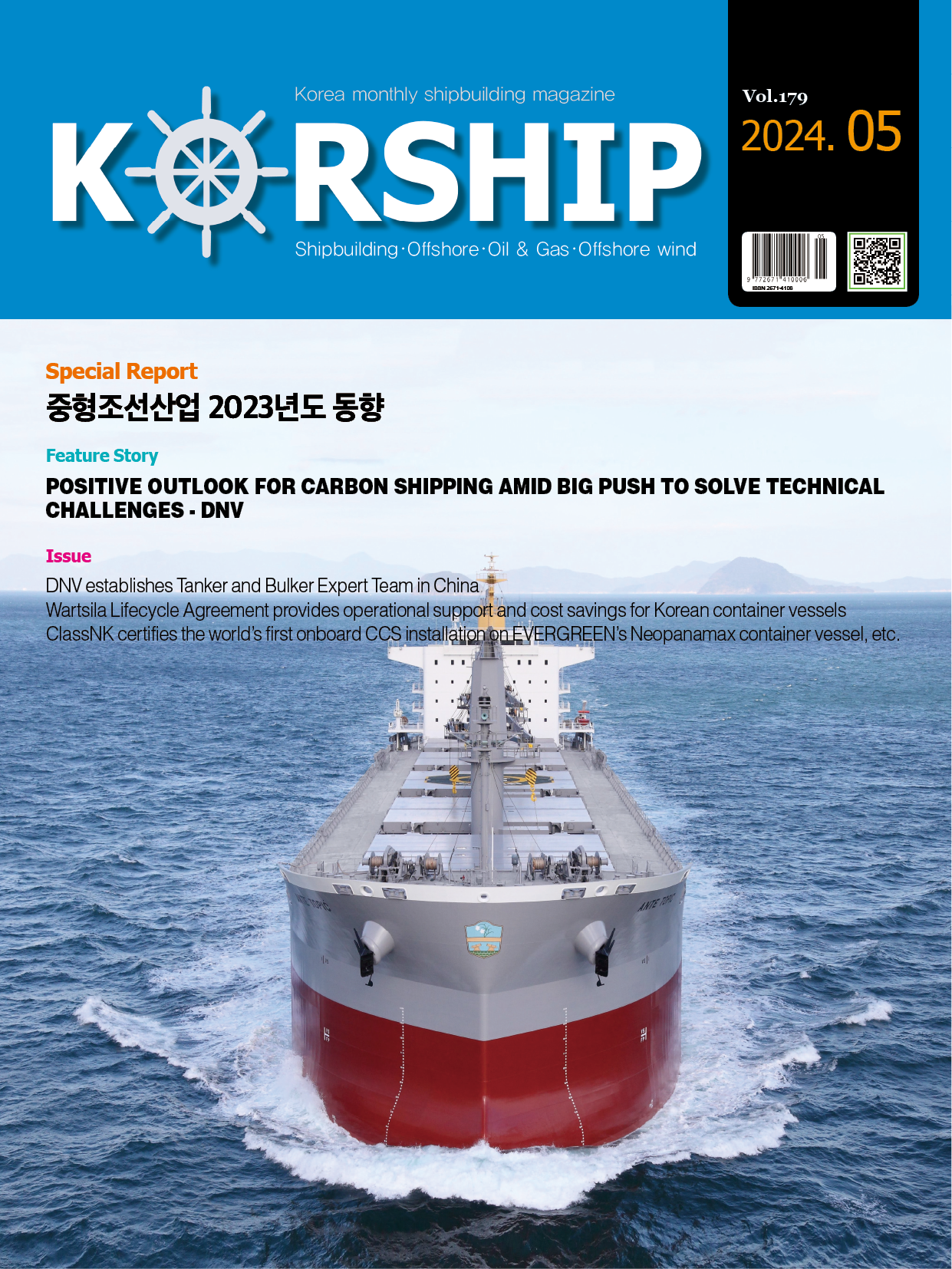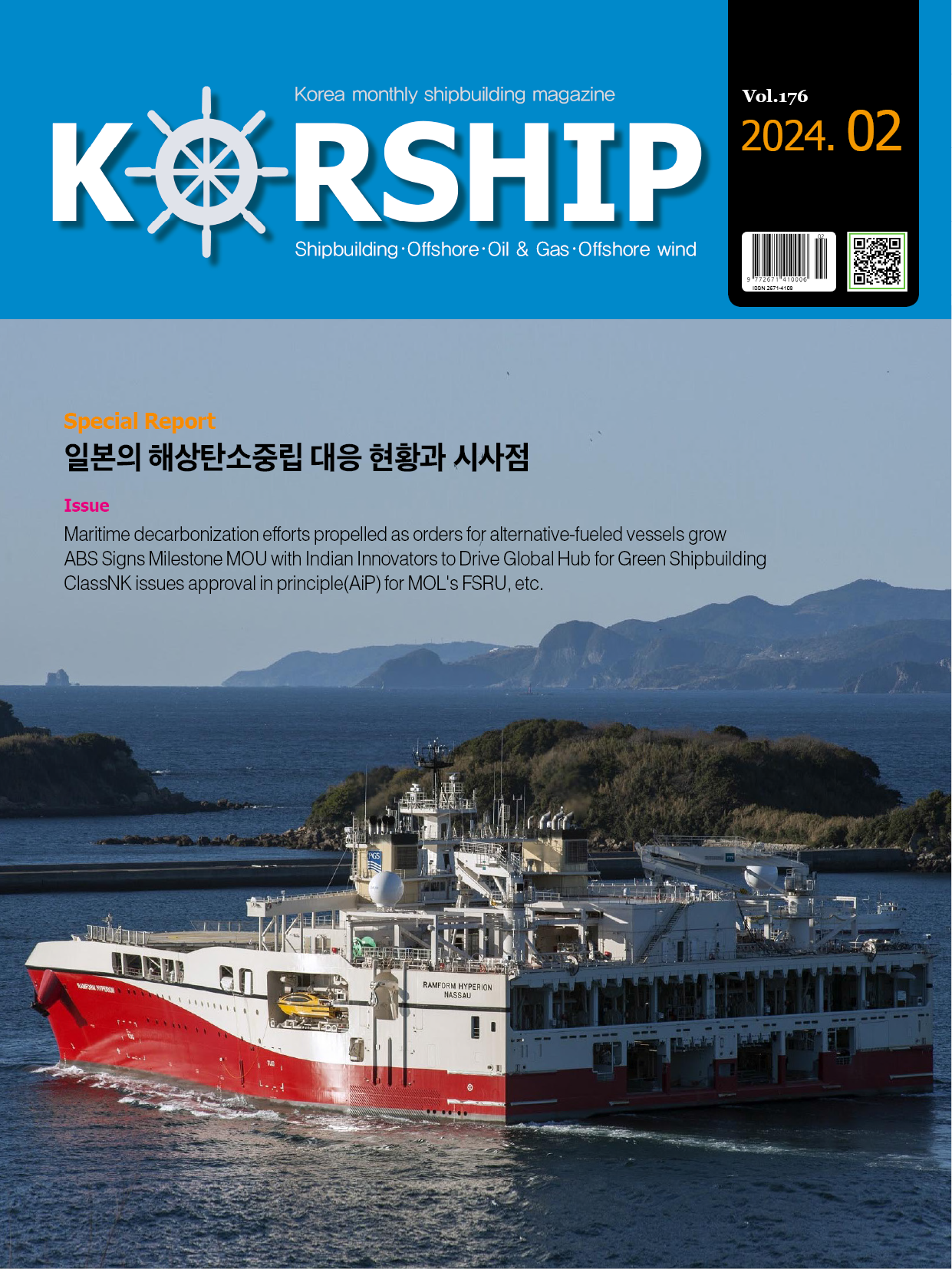Feature Story Dynamic simulations widen window for walk-to-work operations
페이지 정보
작성자 최고관리자 댓글 0건 조회 1,169회 작성일 23-05-12 13:26본문
Service operation vessels(SOVs) are increasingly being equipped with W2W motion-compensated gangways for deployment of work crews at unmanned offshore facilities and offshore wind farms in support of more efficient logistics to reduce costs and greenhouse gas emissions.
Key factors to enhance W2W operations
A key priority for offshore operators is to extend the operational window for safe W2W transfers and thereby facilitate more transfers each year to gain access to offshore installations. This enables the necessary maintenance to be performed to minimize downtime in electricity production from wind turbines or oil and gas output from unmanned platforms.
To ensure a W2W vessel is designed and built with the correct specifications to meet operational requirements, multiple factors need to be taken into consideration in the design phase. These include environmental conditions such as variable sea states and the technical capabilities of both the vessel and gangway, according to DNV Maritime’s Principal Specialist DP Simulations Control Systems & Cybernetics, Luca Pivano.
Early simulations ensure safe W2W operations in defined conditions
“Carrying out simulations early in the design phase makes it possible to predict how the W2W system will behave in actual operations, and also ensure the operation is feasible and safe in the specified environmental window, and that emissions are in line with project goals,” he explains.
DNV performs simulations with its in-house developed modelling tool named DynCap that has evolved through several upgrades since being introduced about 15 years ago to perform highly advanced time-domain calculations using digital-twin technology.
DNV is applying digital modelling and time-domain
simulation techniques to support enhanced
walk-to-work(W2W) operations offshore by further
reducing safety risks and widening the operational window
for W2W personnel transfers on energy projects.
Holistic system approach ensures increased availability
Pivano emphasises that it is important to take a holistic system approach, rather than analysing individual components, when trying to predict the availability of a W2W gangway for personnel transfers.
“It is necessary for accurate modelling to look at the interplay of all the different components in a complex W2W operation – the SOV’s station-keeping and motion performance, environmental conditions, gangway design limitations, layout of the receiving facility including the number and height of gangway landings, as well as prevailing HSE regulations for crew transfers,” he says.
By inputting all these variables into its digital modelling, DNV can perform time-domain simulations that precisely replicate the motion characteristics of both the vessel and gangway under different operational conditions and thereby predict W2W availability for the offshore operator within defined safety barriers.
Digital-twin simulations enable more efficient vessel designs
Performing simulations early in the design phase enables the offshore operator to more effectively manage safety risk, cost and operational planning, according to Pivano.
Digital-twin simulations allow the design of the SOV to be optimized for W2W operations to maximize operational uptime, such as through adding thruster power or improving propeller dynamics for enhanced station-keeping. Time-domain simulations at the design stage showed that increasing thruster response time could extend the operability of the gangway by 15–20%.
Digital modelling and simulation also give insight to enable correct decisions on right-sizing of the vessel for W2W activities, for example, in relation to gangway length and mechanical/hydraulic limitations, and determining the best location for the gangway on board. “Correcting a fault in the vessel design may be too costly or even impossible once the vessel has been built,” Pivano says.
Salt Ship Design benefits from global overview of time-domain calculations
Norwegian firm Salt Ship Design has benefited from working with DNV on W2W simulations that give a more accurate estimate of W2W operability, enabling it to fine-tune vessel designs in accordance with performance requirements, according to Naval Architect Stefan Hjønnevåg Karlsen.
“Time-domain simulations combine all the components of a W2W operation to give a comprehensive global overview, as opposed to the typical frequency-domain method that only allows simplified predictive analysis based on linear calculations for separate components,” he says.
“Replicating real-life situations with vessel motions under different conditions, including in higher sea states, enables us to adjust specific design parameters such as hull design, thruster setup, type of propulsion, position of gangway/crane, gangway capabilities, etc.”
“The simulation reveals the most critical parameters so that we can adjust the design accordingly in the best way. Thus, our improvements in design will be more ‘on-target’ and often less significant than they would have been if we hadn’t run the W2W simulation.”
Verifying vessel capabilities to support energy projects
Such analysis has proven beneficial in feasibility work on W2W operations for energy majors at field development projects. For example, it has been possible to analyze the viability of personnel transfers from an SOV to a floating production, storage and offloading vessel in high sea states when both vessels are in motion. This has also been used for transfers from flotels to platforms.
Pivano points out that these analyses can also be used to determine whether to include additional landing pads on the receiving structure, which is much easier during the design phase of an offshore platform and can avoid a costly retrofit once it has been built.
DNV is presently engaged in digital simulation work for a new fast crew transport vessel concept being developed specifically for the offshore industry that would entail W2W operations instead of helicopter transport, thus eliminating the need for helidecks on unmanned platforms.
Cost and revenue impacts of proper operational planning
“Removing a helideck from a platform results in a significant cost reduction but at the same time it leaves the W2W as probably the only means of evacuation. This poses additional requirements on the performance of the W2W system, for example, it may need to stay connected to the platform for a certain number of hours consecutively,” Pivano says.
Proper operational planning and vessel selection can have a significant revenue impact for offshore operators and simulations make it possible to select the right vessel for the highest W2W workability in specific conditions to reduce downtime that can prove costly given high rig day rates, he explains.
“We are seeing that charter contracts are changing and penalty fees may apply if a vessel does not meet the criteria for operational performance. This is pushing designers and yards to perform advanced simulations to verify the design conforms to contractual conditions with respect to performance, safety and environmental impact,” Pivano says.
■ Source: DNV www.dnv.com
- 이전글Diagnostics in Ethernet-APL networks The path towards untroubled operation 23.05.12
- 다음글중형조선산업 2022년도 동향 23.05.12












